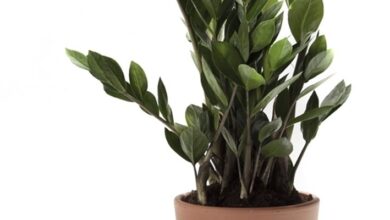Treatment of needle casts – Learn more about Stigmina and Rhizosphaera needle casts in trees
Have you ever seen a tree, such as spruce, with apparently healthy looking needles at the ends of the branches, but no needles at all when looking at the branch? This is caused by needle plaster disease. More information in this article.
What is needle cast disease?
Silver fir diseases cause spruces to «lose» their old needles and keep the young needles only on the tips of the branches. The tree becomes unattractive and may appear to be dying, but do not despair. Rizosphaera and stigmine, the two most common spruce diseases, are treatable. You can restore your tree to a lush, beautiful appearance in a few years by following a program of melted needle treatment.
Stigmine and Rhizosphaera Needle fused in trees
These diseases mainly affect blue spruce. If you have seen trees affected by needle punch disease in the area, avoid planting this highly susceptible tree. Instead, consider planting spruce trees, which are resistant. White spruce and other conifers, such as pine and spruce, are also susceptible.
The first step is to obtain a reliable diagnosis. Experts recommend that you send some diseased needles to a diagnostic laboratory where they can perform tests to identify the problem. If you feel comfortable trying to identify the disease in your home, this is what you should look for :
- The Stigmina or Rizosphaera mushroom trees have a special appearance. The branches have green and healthy needles on the tips and sick and dying needles towards the trunk. Damage begins on the lower branches and moves up the tree.
- Trees affected by needle plaster disease have needles that turn yellowish in the summer, then gradually change colour to purplish-brown in late winter and spring.
- If you look at the needles with a hand lens, you will see rows of tiny black dots. These dots are the fruiting bodies of the fungus, and they are the diagnosis of the disease. Rows of white dots are normal.
Treat the tree by spraying with a fungicide twice in the spring and then once every four weeks in wet weather. Alternate between sprays of different active ingredients. Copper and chlorothalonil are two active ingredients that have been shown to be effective against diseases.
Remember that these sprays are very toxic to plants, animals and people. Follow the safety instructions on the label carefully. Wear the recommended protective clothing and read all instructions on how to mix and apply the fungicide before you begin. Large trees are difficult to treat without the help of an arboriculture service.



